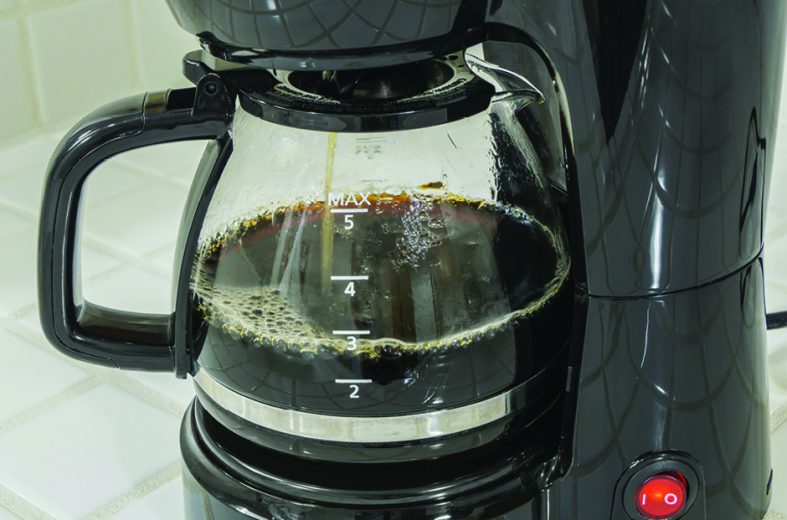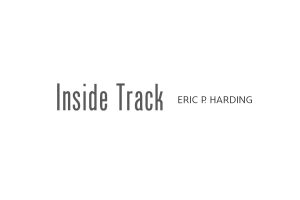By Eric P. Harding
Ours is a family of routines. Especially these days—I’m talking about with kids home for summer vacation, but I might as well be talking about the coronatimes as well—we all need a little structure to help the days fall into place.
For the grownups, we wake up when our younger son bounds into our room and asks about breakfast. After a moment of groggy negotiations, one of us gets up to start the day. (Because I’m the one writing this, let’s say it’s me.) I make breakfast and push the button on the coffee maker, then feed the dogs, the fish, and the geriatric cat while that lifesaving elixir is brewing.
After he eats breakfast, Wallace heads downstairs to play video games, and I read for a bit before starting work. My wife, April, comes out for her first cup sometime in this period. Elliott, our older son, rolls out of bed around 9 a.m.—he seems to have begun his teenage sleep cycles a few years early.
The rest of the day may be a bit chaotic, but we get things back on track at dinnertime. We all sit down for dinner at 6 p.m., followed by chores, baths/showers, storytime, and bedtime. Then April and I set up the coffee for the next day and generally tidy the house to reset for another day tomorrow.
These bookends of structure—the uniformity of the beginnings and the ends of the days—give me peace. Things sometimes go awry, but we’ve all learned that we can lean on these routines to help get us through a tough day.
This issue’s features all touch on convention and routine.
In our first feature, “Following the Money—The Future of Cash” (page 22), author Michael G. Malloy takes a look at physical currency, and whether the conventional method of payment may be on the way out. The advent of digital payment apps like Venmo and Apple Pay had already begun to whittle away at the greenback’s primacy when COVID-19 hit. The pandemic has in some ways accelerated that shift away from hard cash; early warnings about dollars as disease vectors may have dissipated, but worries persist. Still, there are those who are more sanguine about the greenback’s future—read on to see why.
In our second feature of this issue, “Dire Diagnosis” (page 30), Contingencies regular Hank George examines whether the way underwriting has been done for years is equal to the current moment. He opines that the coronavirus crisis will lead to a surge in deaths of despair—those related to alcohol, drug abuse, and suicide—and argues that contemporary underwriting practices for life insurance are underrepresenting those risks. In this rigorously cited article, George sees the underwriting routine as dangerously subpar for the solvency of insurers.
Our third feature, “On Target—Pursuing the Quadruple Aim in Health Care” (page 40), takes aim at reducing costs in health care. It has become routine to lament the high cost of providing quality care. But what if something could be done to rein in those costs, freeing up resources throughout the system? This article, by Dave Nelson and Keith Passwater, posits that such a feat is indeed possible.
Elsewhere in this issue, rock out with Academy President D. Joeff Williams, discover three aspects of risk intelligence in Commentary, and climb Bob Rietz’s family tree in End Paper.
I’d be interested to hear your routines—have they changed significantly since the pandemic hit? Drop me a line at editor@actuary.org and let me know.
Oops—it’s just about time to brew another pot of coffee. Enjoy the issue.





